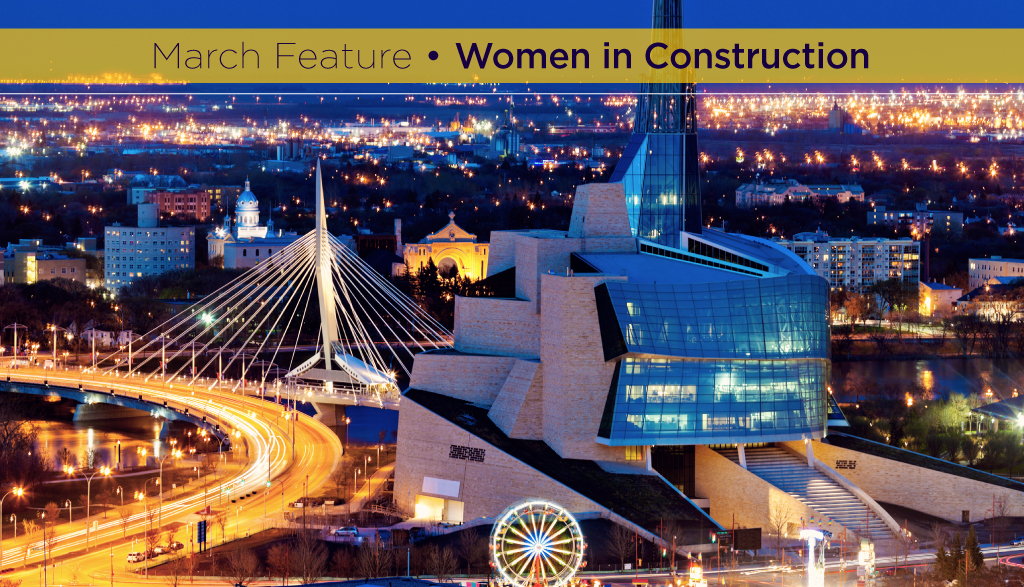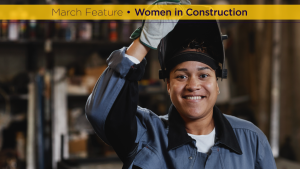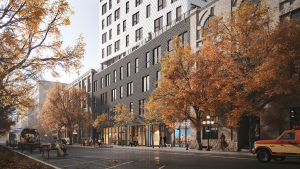In mid-2023, Hazel Borys was appointed Winnipeg’s director of planning, property and development.
“As the director, I oversee urban planning, property management and development and building initiatives in our city,” says Borys.
She says her job is “a delicate balance of promoting resilient development and construction, enhancing the physical infrastructure – including golf and cemeteries – and steering the strategic growth of our urban environment.”
Borys says the city has certain advantages over other Canadian cities.
“Winnipeg benefits from being a slow growth city, particularly during the ‘urban renewal’ period of the 1950s and 1960s,” she says. “The city has largely preserved its mature neighbourhoods as preserves of walkable, complete communities.”
Because these neighbourhoods used to be separate municipalities, they’ve managed to maintain what Borys calls “their unique charm and human-scale appeal.”
“It has allowed us to avoid some of the negative impact of rapid urban expansion,” she says. “We’ve managed to preserve our heritage and make Winnipeg the best city in Canada for raising a family, according to a recent report in a Canadian national newspaper.”

Her enthusiasm for the city notwithstanding, Borys acknowledges that River City is not perfect.
“Our adoption of single-use zoning (where only one kind of use per zone is allowed) has created challenges in building and maintaining multi-generational neighbourhoods outside Winnipeg’s mature communities,” says Borys.
She says single-use zoning means anyone who wants to live in a walkable neighbourhood with services and amenities that can be reached by public transit has to live in one of Winnipeg’s older neighbourhoods, rather than in one of the newer suburbs.
That has led to increased transportation costs, greater reliance on cars “and a dilution of our community engagement and social capital.”
But Borys is optimistic.
“With the help of policies like OurWinnipeg 2045 and Complete Communities Direction Strategy 2.0, we are on the cusp of major zoning bylaw updates,” she says.
“Recently we embarked on a zoning bylaw edits initiative to pinpoint and implement manageable changes, with the goal of completely rewriting our zoning bylaw by 2027.”
The goal of the updates is to encourage infill and redevelopment in Winnipeg’s older neighbourhoods and to refine suburban design with greenfield development that can more easily deliver complete communities.
By 2040, Winnipeg (approximate 2024 population 750,000) will grow by more than 160,000 people, which will add more than 83,000 new jobs and 82,000 new homes.
To make sure the city grows “in the best way possible,” Complete Communities promotes three goals:
- At least 50 per cent of all new homes will be built where housing already exists. It will do this by making infill development easier to build and attractive to live in.
- Encourage most homes and jobs to locate next to transit service, to make it easier for people to travel in the city without a vehicle.
- Plan new neighbourhoods in such a way that the city knows what infrastructure is needed and when it is needed.
Borys, who is originally from Alabama, took an indirect route to her current job with the City of Winnipeg.
“My path to urban planning was unconventional,” she says. “My background in electrical engineering, specifically bioelectromagnetics, unexpectedly laid the groundwork for my interest in how our surroundings affect our well-being.”
Bioelectromagnetics is the study of the interaction between electromagnetic fields and biological entities. Areas of study include the effects of manmade sources of electromagnetic fields, such as mobile phones, on people.
As she got more interested in the science of happiness, “I became captivated by the potential to improve community health through thoughtful urban design.”
Borys took a page from her own book when she and her husband, Stephen Borys, the CEO of the Winnipeg Art Gallery, decided to buy and redevelop an abandoned church in the suburb of St. Boniface.
They wanted to give St. Philips Church and Memorial Hall a new lease on life by converting it into housing.
Built in 1904, St. Philips had been a place of worship and a centre of community activities for more than 100 years.
The church closed its doors during the pandemic due to dwindling membership. But, as the couple spoke to the neighbours about possibly converting the church, it became clear the space was an important fixture of the community.
So the Boryses bought the church and converted it into six rental units, one of which they live in.
Not only does the development add to the city’s housing stock, it remains a hub of community activity by hosting variety of music events during the year.











Recent Comments